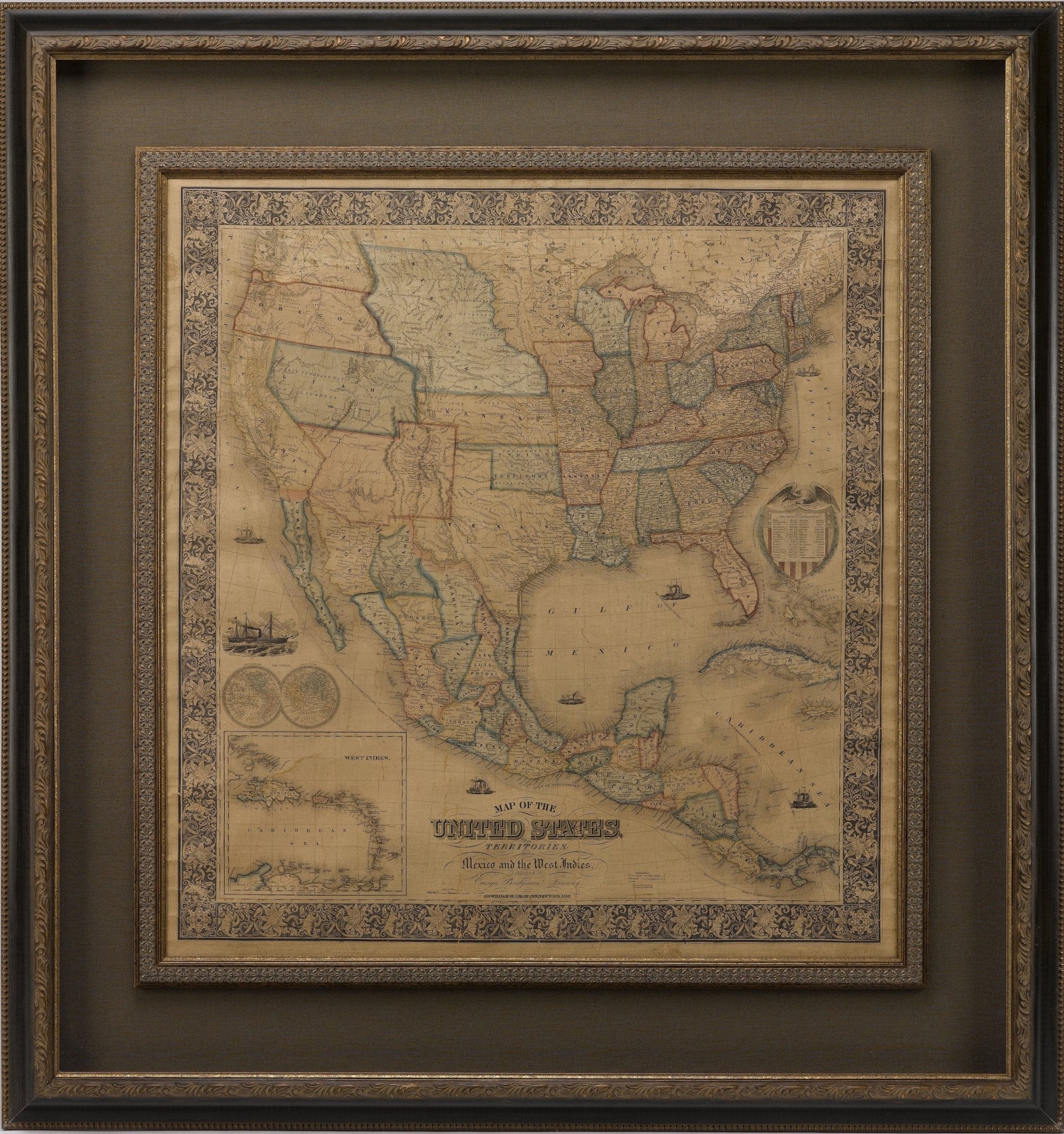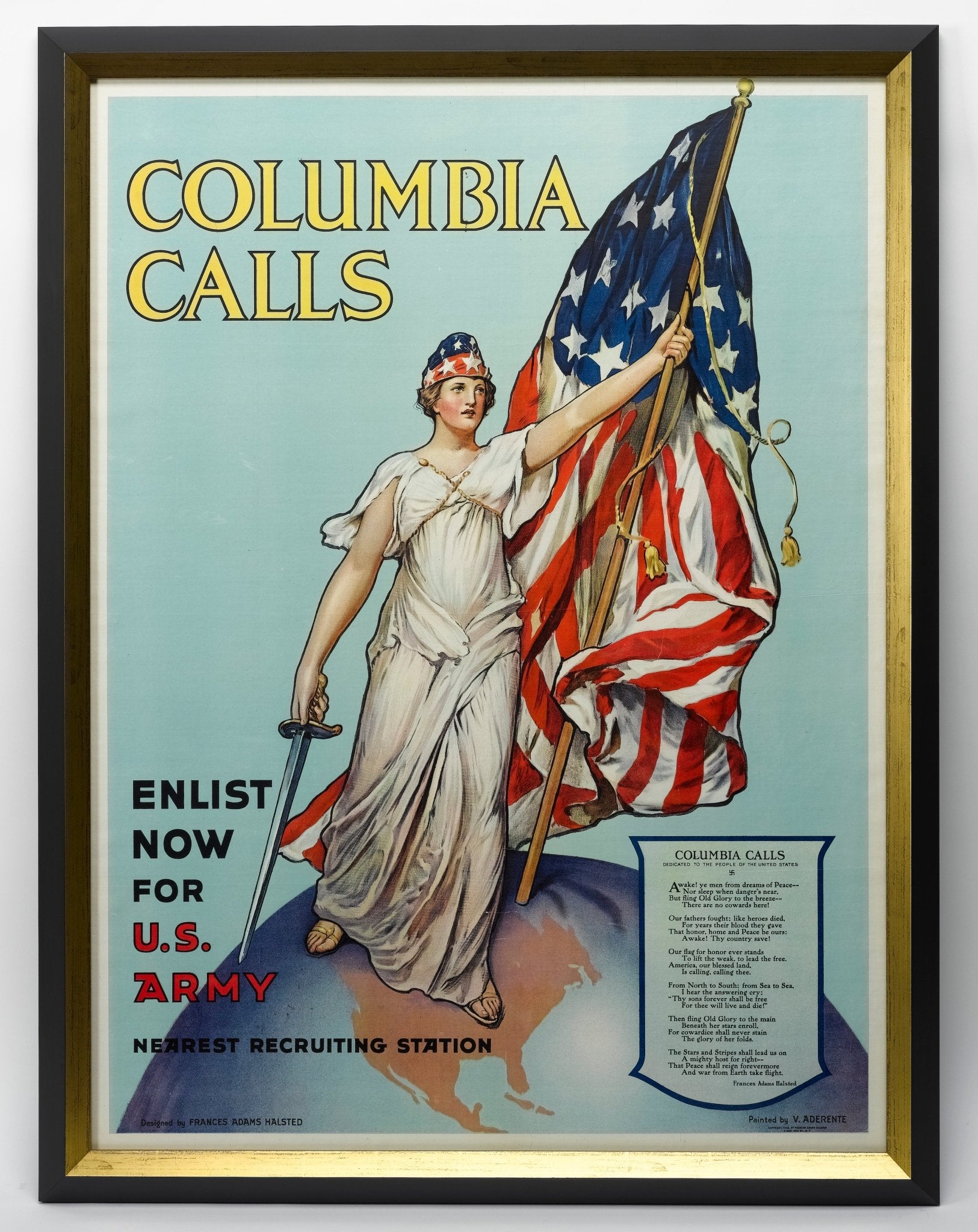Collecting Authentic Autographs
Autograph collecting can be a fun and rewarding venture. Taking a simple smattering of signatures to a full-fledged, researched collection can be daunting. Thankfully, we’re here to help, with these simple tips and tricks.

Alexander Hamilton Signed Treasury Department Circular Collage
Find an area of interest
Collecting antiques and memorabilia can oftentimes be daunting. There is so much out there to discover, so narrowing down your interests is usually a good idea. If you are interested in collecting autographs, you can choose to focus on a theme. Such ideas include sports autographs, like baseball signatures or Hall of Fame autographs. Or perhaps you are interested in presidential autographs, from anyone like Donald Trump and Barack Obama, to George Washington and Abraham Lincoln. Many autographs are found from auction sites, private dealers, and art galleries, though if you plan to focus on a more contemporary collection, you may even be able to ask for autographs from the famous individuals themselves. Whatever your focus or theme, make sure that it is something that you enjoy to research and learn more about.
Collections can be made up of only autographs, or can be melded in with other forms of media, like rare books, engraved portraits, or ephemera. Many people choose to collect these forms of media together; for example, someone interested in presidents and elections may collect original inauguration tickets, presidential memoirs, and signed letters or photos. This is where you can really get creative.
Do some research
Finding autographs can take a good deal of research, as hunting them down in galleries and auctions is only half of the challenge. It is crucial to do proper research into what a famous individual’s autographs looks like, and how to determine authenticity. We suggest looking into the signing history of said individual, i.e. if they were a frequent signer or if they stopped signing autographs at a certain point. You may be able to find key hints into what type of items your person of interest signed or where on the page they signed. Researching the style and shape of an autograph is crucial to finding authentic pieces.
Beware of the auto pen signature, which is a machine-generated signature made with even pressure (and indentation in the paper). By looking at more and more signatures, you will notice how these machines are distinguishable from original handwriting, where the pressure varies.
Understand that oftentimes signatures are made out to other individuals. More often than not, these inscriptions give more context into the signer's life and history, than a simple signature on a white sheet of paper will. Signed checks, letters, or other correspondences often provide the date, the location where the document would be sent, and other crucial details that prove provenance.
Always be sure to buy from reputable sources that offer some form of certification, like a JSA certificate or Letter of Authenticity. Our Letters of Authenticity come complete with a valuation, item description, condition report, and our company guarantee, ensuring authenticity for life. Our unique buy back program allows you to trade in any item purchased from us for something else of equal or greater value.
Understanding value and investment opportunities
Autograph supplies are short, as the majority of collectable signatures are from people that have passed away and are no longer able to continue signing. Signatures have been valued as “entry-level investments,” as they are relatively less expensive than other fine art examples. However, increased demand and desire for unique collectables ensures that this area of investment may not stay at an entry-level for long.
If you are looking to start out with signature collecting, usually lower priced options will be signatures from people who are still alive. Signatures from astronauts are relatively common, though quite collectable and desirable. However, as astronauts from Apollo 11, for example, begin to stop signing and/or pass away, their autographs become far more valuable on the market. Get into the collecting world by stocking up on these relatively inexpensive autographs now, and hold onto them for a few years to see how much more they will be worth. To ensure that you see a return on your investment, it is crucial to purchase pieces with minimal wear, and to maintain the condition through the time that you own the piece.
For Spacious Skies: The Uncommon Journey of a Mercury Astronaut, by Scott Carpenter and Kristen C. Stoever, Signed, First Edition, 2002
Autographs are tangible, enjoyable investment pieces, and are arguably the easiest collectable to care for. Whether you plan to frame them or create archival cases for them, they are far easier to care for and maintain than a valuable car, for example.
Autographs are best enjoyed when they are on display. We frame most of the autographs that we acquire, oftentimes creating a collage look with photographs and sometimes other elements to give some context to the signature. Other times, we work with master bookbinders at Felton Bookbinding Ltd. to create custom, archival cases. This signature from Winston Churchill is elegantly preserved in a portfolio, with a black and white photograph besides the signed letter.
Winston Churchill Signed Letter to Gordon Allen, Dated February 25, 1956 in Presentation Folio
To learn more about autograph collecting, or with help for finding the perfect piece, contact us!










